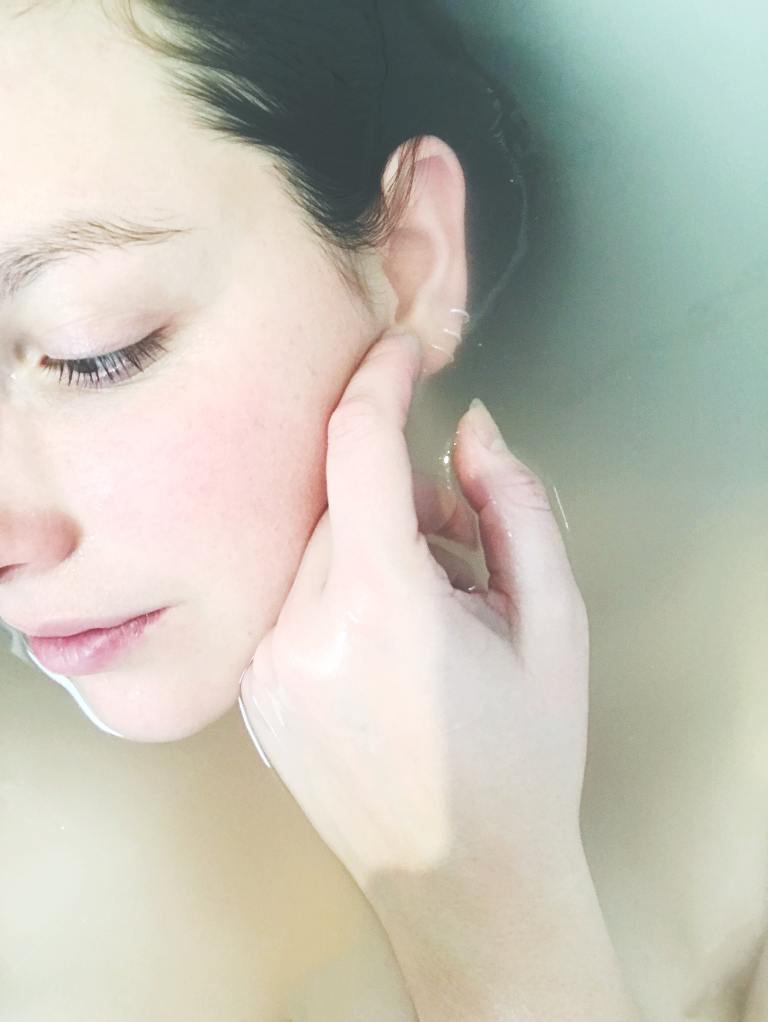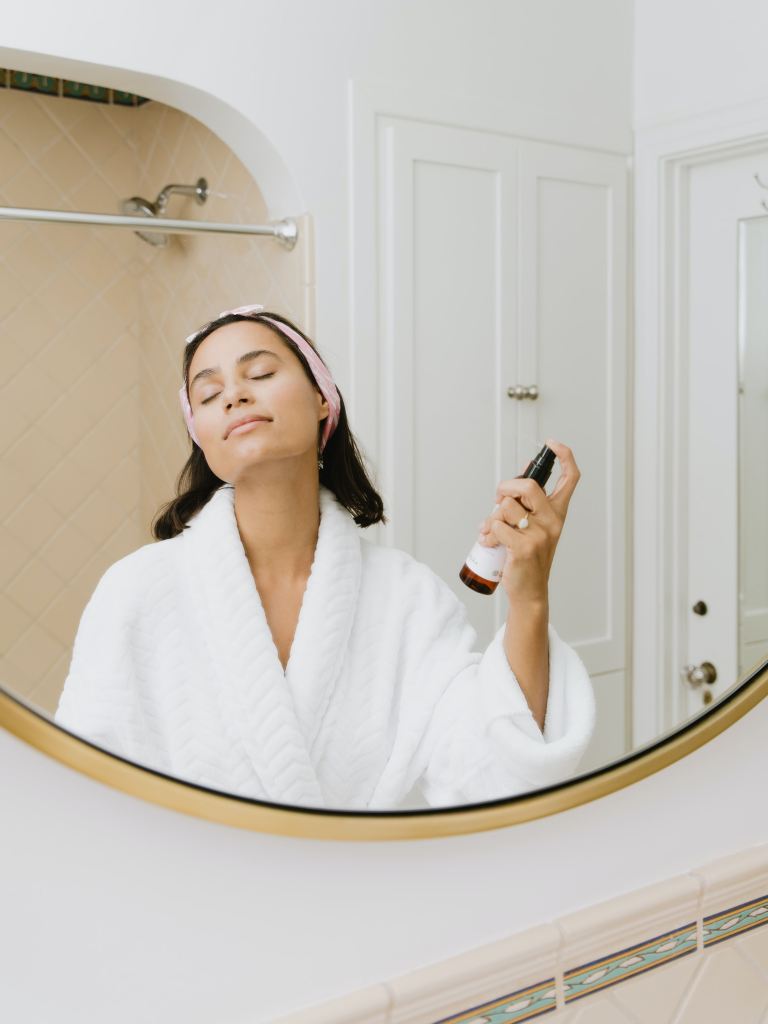The 5 Ingredients You Should Be Incorporating Into Your Skincare Routine
Supplements, cleansers, and sheet masks skim the outer surface of a 300 billion dollar industry. In the end, the most important aspect of shopping for skincare is to be an informed consumer.
By ![]() Selin Maner
Selin Maner
Every few months, a new holy grail item sweeps social media by storm. Supplements, cleansers, and sheet masks skim the outer surface of a 300 billion dollar industry. In the end, the most important aspect of shopping for skincare is to be an informed consumer. What exactly do you need, why do you need it, and what is it worth? A catch-all skincare routine doesn’t exist, but if you listen to your skin’s needs, then you can curtail your purchases to a select, effective few.
Hyaluronic Acid
As the skin ages it naturally loses moisture. This results in less supple, less radiant and more wrinkle prone skin. The main culprit is the bodies decline in Hyaluronic acid production with age. Hyaluronic acid is the skin’s primary vehicle for moisture retention, as it can bind to water molecules up to 1,000 times its weight. It’s a great addition to a skincare routine as a serum, since its molecules are small enough to seep into the skin topically. It moisturizes without feeling heavy or clogging pores. Look out for the term “sodium hyaluronate,” which is a salt derivative of Hyaluronic acid that works even more effectively due to its smaller size.
Collagen Supplement
Collagen is a protein found all throughout the human body. It gives the skin its structure, elasticity, and firmness. The body decreases collagen production by 1% each year after 20 and then declines sharply after menopause. This is due to declination of estrogen, which controls collagen synthesis in the body. Studies have shown that taking a collagen supplement daily can help increase hydration and reduce wrinkles. Avoid creams and moisturizers with collagen as the particles are too large to penetrate the skin. Opt for an oral supplement instead that has Type I and II collagen, as these are the most effective in enriching hair, nails, and skin.
Vitamin C ( L-Ascorbic Acid)
Vitamin C is an essential vitamin that plays a key role in the stabilization and production of collagen. Studies have shown that vitamin C helps to maintain collagen density by preventing the inactivation of enzymes involved in collagen’s biosynthesis. Topical application is effective when the product has a pH below 4.0 and when the stratum corneum (the outermost layer of the skin) is removed by laser, chemical, or mechanical methods (in other words, exfoliation). Additionally, the skin requires vitamin C to combat UV and UVB radiation damage, a major cause of wrinkles and discoloration in the skin. This is shown by the increase of transport proteins for vitamin C in the keratinocytes of the skin after sun damage. While topical application and supplements can work, it’s generally recommended to eat foods containing vitamin C, such as citrus fruit, broccoli, brussel sprouts, and more. The recommended dietary allowance for vitamin C per day is 90 mg for men and 75 mg for women.
Retinol
What many people may not know is that Retinol is pure Vitamin A. Retinol promotes cell turnover and stimulates the growth of newer blood vessels under the skin. This results in radiant, even toned skin. It also keeps the face firm and elastic by preventing the breakdown of collagen as well as bolstering its production. It is recommended that one uses it by gradually working up to a higher tolerance with the help of moisturizer to combat dryness. It is important to note that though products may claim noticeable results in less than 12 weeks, it actually takes 6 to 12 months for retinol to make a difference in the skin.
AHAs/BHAs
Alpha hydroxy acids and beta hydroxy acids are chemical exfoliants. They are much more effective than physical exfoliants, which can be uneven and harsh on the skin. They decrease inflammation, even skin tone and texture, and prevent acne by unclogging pores.
AHAs are water soluble acids derived from natural foods such as cane sugar (glycolic acid) and milk (lactic acid). Studies have shown that AHAs can promote collagen production. They minimize discoloration by promoting cell turnover, as well as increasing blood flow to the skin to combat a dull complexion. Typically, anything above 15% of AHAs in a product is unnecessary.
On the other hand, BHAs are oil soluble acids, which make them better equipped to fight oily skin and acne. They easily penetrate deep into the pores to remove dead skin and sebum. The most familiar type of BHA is salicylic acid, and due to FDA regulation, there’s never more than 2% in an over-the-counter product.
Don’t fall victim to marketing and popularity. Shop around, do your research, and pay attention to the ingredient list on products. Pinpoint the main issues you have with your skin (Too oily? Too dry? Fine lines?) and refine your list of products to target those issues. In the end, even with a holistic skin care routine, it’s important to be realistic about your complexion. Usually, the influencers and celebrities who sway our desire to acquire certain products achieve their perfection either through expensive procedures or Facetune. So don’t be too hard on yourself or your skin and do what feels right for you and your budget. ![]()





